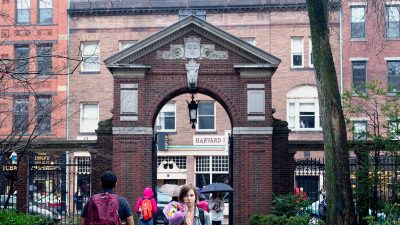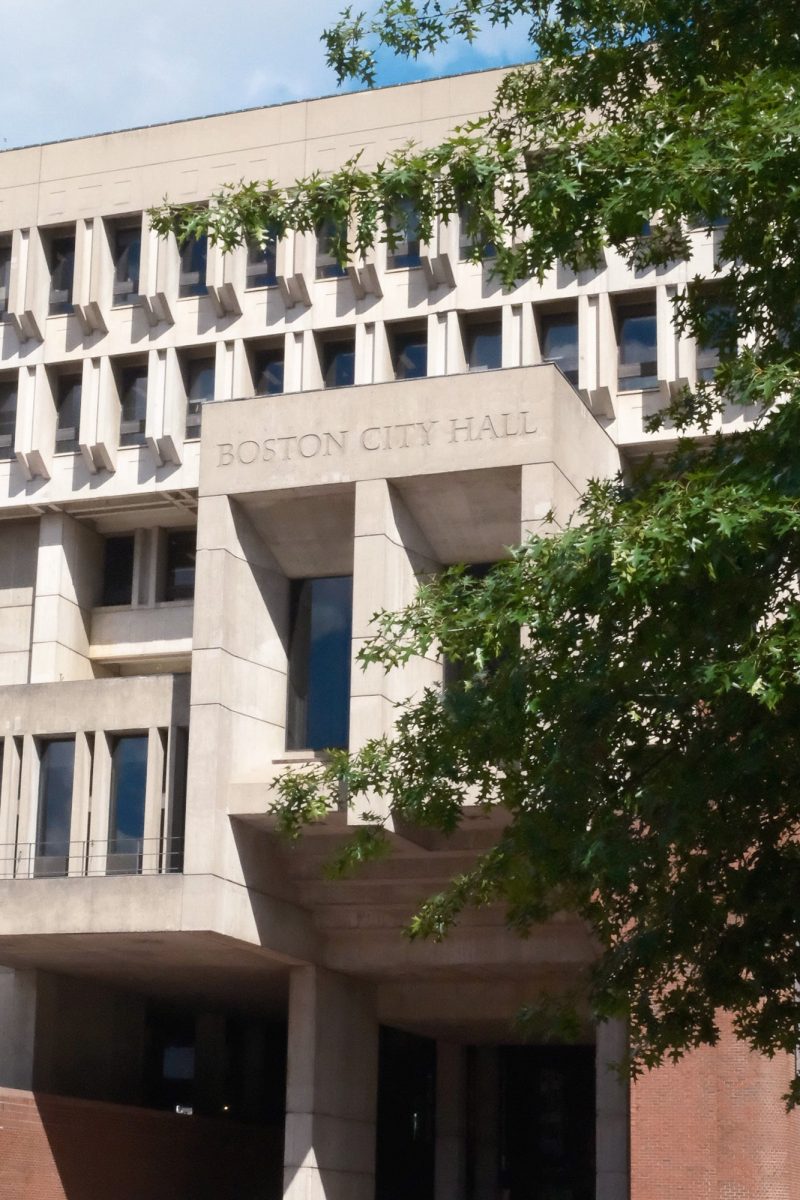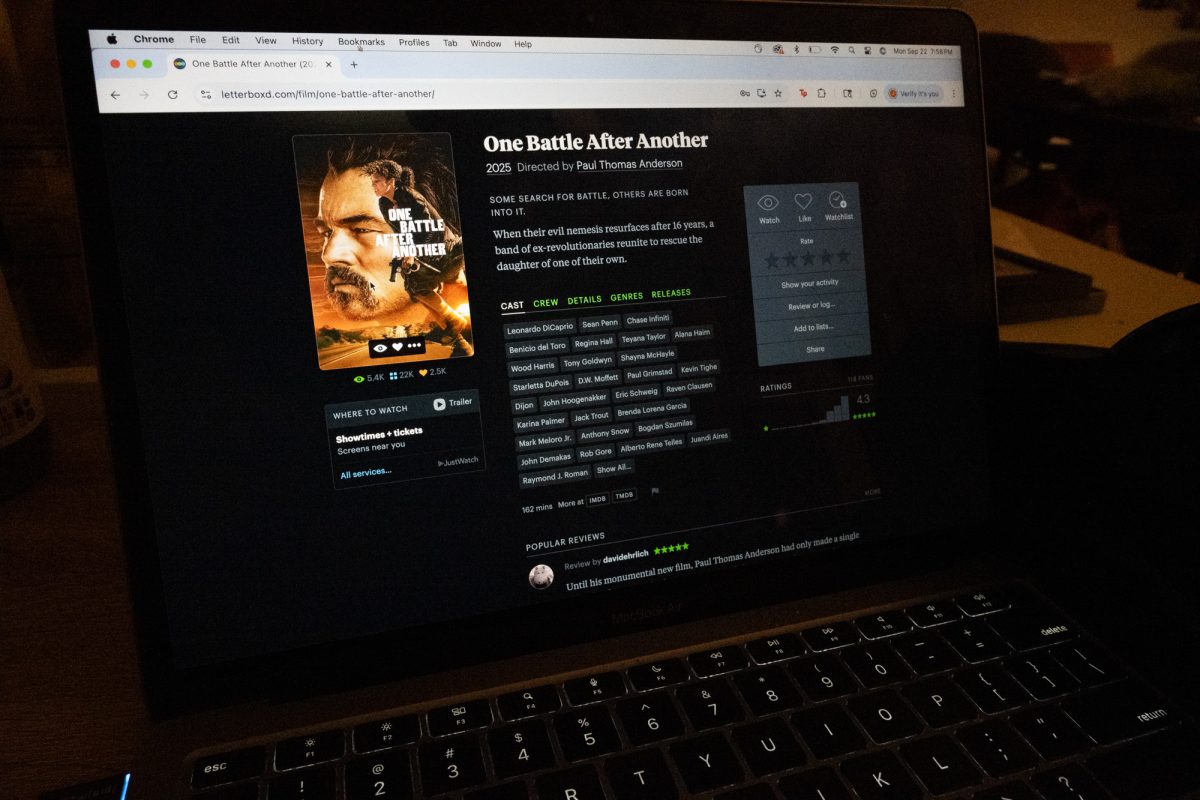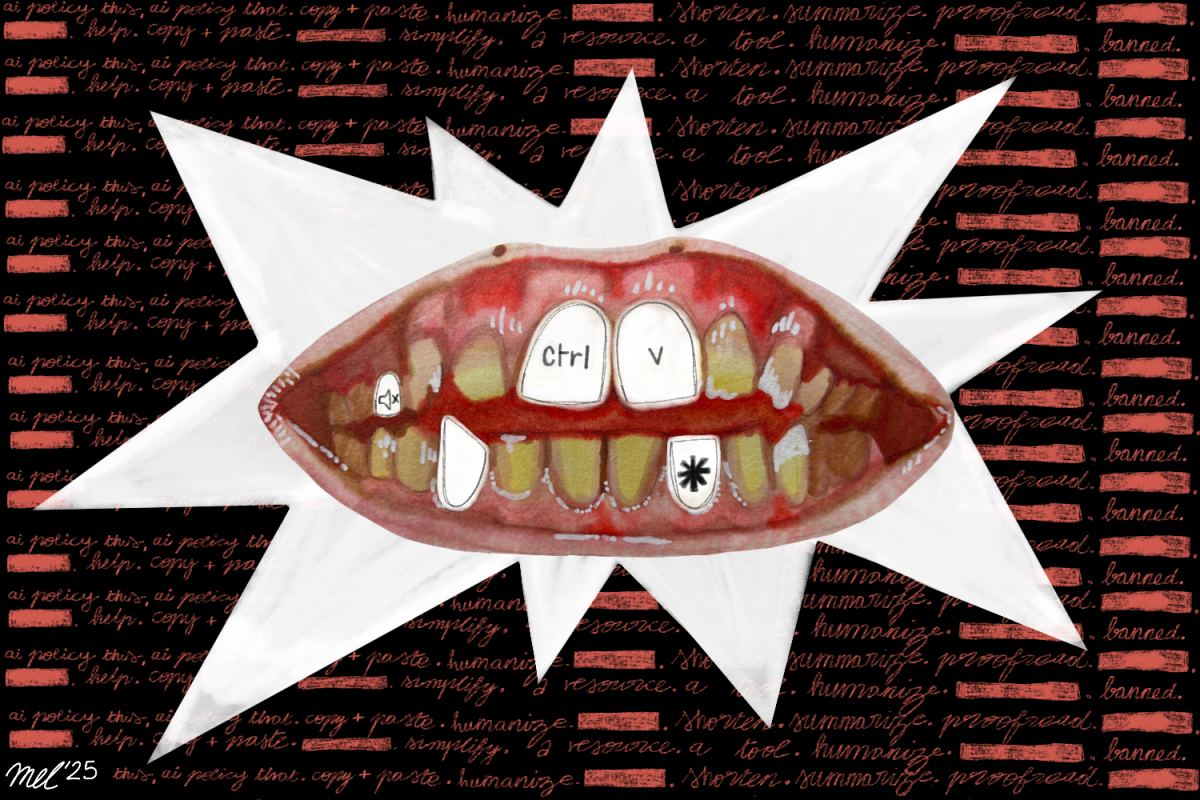
The Supreme Court agreed last Monday to review challenges to race-conscious admissions at Harvard University and University of North Carolina, Chapel Hill, which may have wider implications for affirmative action in higher education.
The court said it will hear both cases during its next term, which begins in the fall. Both lawsuits were filed by the Students for Fair Admissions, which believes racial classifications and preferences in college admission are “unfair, unnecessary, and unconstitutional,”according to the group’s website.
“There are factual differences because each one of these cases operates under its own admission standards and practices,” said Theodore Shaw, distinguished professor of law and director of the Center for Civil Rights at the University of North Carolina School of Law.
Shaw added there are also “legal” differences between two cases.
SFFA v. Harvard University, a private university, is subject to Title VI of 1964 Civil Rights Act, which prohibits discrimination in federally funded institutions.
SFFA v. University of North Carolina, a public institution, is governed by the 14th Amendment Equal Protection Clause, which requires the U.S. to provide equal protection under the law to all persons.
“These lawsuits are the product of a multi decade campaign to change the meaning of the Equal Protection Clause and to counteract and accomplish the elimination of race conscious remedies,” said Kimberly West-Faulcon, the James P. Bradley chair in constitutional law at Loyola Law School.
West-Faulcon said comparing the admission rates of Asian American applicants and white applicants is the best way to determine whether Asian Americans are the victims of race discrimination.
According to an econometric model from Peter Arcidiacono, a professor of economics at Duke University, 3% of in-state, top-decile Black candidates were denied admission by the University of North Carolina, Chapel Hill. In contrast, only 1.2% of white students and 1.8% of Asian American students in the top decile were denied.
“The evidence shows that, as a whole, underrepresented minorities are admitted at lower rates than their white and Asian American counterparts, and those with the highest grades and SAT scores are denied twice as often as their white and Asian American peers,” wrote Loretta Biggs, a judge in the U.S. District Court for the Middle District of North Carolina, in court documents.
Raymond Zheng, a current freshman student at Harvard University, said he believes he has not been discriminated against as an Asian American.
“My SAT [score] is a little lower than the statistical average of the state of Asian American students who get into some more selective schools,” Zheng said. “But I don’t think it’s necessarily the case with others in my class either.”
SFFA president Edward Blum said he believes forbidding universities from using race in the admissions process will lead to a fairer, more equitable approach to college admissions.
“Treating students differently by race and ethnicity violates the legal covenant that holds Americans together. No student should be judged based upon their accident of birth,” Blum said . “Race-based affirmative action is widely unpopular among African Americans, Hispanics, Asians and whites, and the Supreme Court should end the use of the classifications and preferences.”
A majority of Black, white and Hispanic pollers believed “affirmative action programs designed to increase the number of black and minority students on college campuses” were a positive thing, a 2017 Pew Research Center report found. A 2019 survey from the same center found Black, white, Hispanic and Asian pollers believed race “should not be a factor” in college admissions.
Margaret M. Chin, a board member of the Coalition for a Diverse Harvard, said Asian Americans have always been included in affirmative action programs.
“Asian Americans went from 3% of the class in 1980 to 25% of the class in the class of 2024,” Chin said. “Asian Americans have only benefited, during this whole time, with affirmative action.”
Chin said she believes overturning the decision is “very dangerous,” for not just affirmative action, but for the role of race in the educational level.
Zheng said he doesn’t think colleges can completely get rid of race-conscious admissions because there are multiple parts that are already embedded in the admissions process.
Both West-Faulcon and Shaw said the lawsuits don’t do anything to remedy or address, as Shaw puts it, the “great deal of inequity and inequality” against Asian Americans at the educational level.
“By the time students are presented for admissions at selective colleges and universities, they haven’t had equal opportunity and institutions can’t consider all of that,” Shaw said.
Shaw added the current Supreme Court is more conservative than previous ones.
“That’s why those who are bringing these cases, Edward Blum and the Students for Fair Admissions, are hoping and assuming that they can finally prevent colleges and universities from achieving diversity,” Shaw said. “We can’t say with certainty about what’s going to happen, but this is a different court than the court that considered these questions before.”
Correction: Following the publication of this article, Kimberly West-Faulcon acknowledged that she misspoke during an interview with The Daily Free Press when she said “race-based affirmative action” in the eighth paragraph. What West-Faulcon meant to say was “race discrimination,” in a clarification email sent to this newspaper post-publication. The article has been amended from “race-based affirmative action” to “race discrimination” to better reflect West-Faulcon’s thoughts on the subject.













































































































T Ruth Teller • Feb 6, 2022 at 5:11 pm
Oh no! Some mediocre white kids or homogenized Asian kids couldn’t get into Harvard.
Harvard itself essentially has an internal cap on the standard “classical Asian profile” – which should be more insulting than people whining they are being discriminated against.
What qualifies as diversity these days? Is it tokenism? Is my mixed race son, an AP scholar and athlete less diverse than a full minority midwesterner LGBTQ? Look at the racist incidents or profiling done on campuses – can we find a solution that doesn’t go to the extremes that takes white guilt out of the equation and tried to address the students and their goals? Harvard will never look like America because most of America could never afford to go to Harvard or even live in the Boston area.
This whining is a far cry from our immigrant families working hard jobs so you could whine about your psych 101 paper at Tatte.
Fred brownlow • Feb 4, 2022 at 6:18 pm
Good..people need to learn how to stand on their merits not skin color.
Edward Teyssier • Feb 4, 2022 at 1:40 pm
Is it fair for a top ranked university, such as Harvard, to be “color blind” and accept someone just because they have demonstrated their skill and talent and ability to do university level academics by having all the credentials required by the school’s admissions criteria such as perfect GPA, SAT, and Achievement scores, in all the specified subject areas, and are at the top of their high school class in all areas as well as ample extracurricular activities and demonstrated leadership and social achievements, and even though they’ve accomplished all this coming from a disadvantaged socio-economic background? Shouldn’t greater weight be given to the color of their skin, and not to the content of their character?
Yi Pan • Feb 4, 2022 at 10:41 am
Using true facts are crucial for people to understand the social issues! A great job!